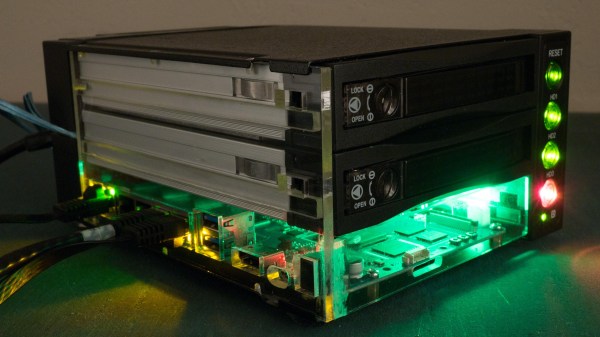When you say that something’s not rocket science you mean that it’s not as hard to understand or do as it may seem. The implication is that rocket science is something which is hard and best left to the likes of SpaceX or NASA. But that’s not the hacker spirit.
 [Joe Barnard] recently had an unsuccessful flight of his Falcon Heavy’s second stage and gives a very clear explanation of what went wrong using those two simple concepts along with the thrust, which in this case is just the force applied to the moment arm.
[Joe Barnard] recently had an unsuccessful flight of his Falcon Heavy’s second stage and gives a very clear explanation of what went wrong using those two simple concepts along with the thrust, which in this case is just the force applied to the moment arm.
And no, you didn’t miss a big happening with SpaceX. His Falcon Heavy is a homebrew one using model rocket solid boosters. Mind you, it is a little more advanced than that as he’s implemented thrust vectoring by controlling the engine’s direction using servo motors.
And therein lies the problem. The second stage’s inertia is so small and the moment arm so short that even a small misalignment in the thrust vectoring results in a big effect on the moment arm causing the vehicle to deviate from the desired path. You can see this in the first video below. Another issue he discusses is the high drag, but we’ll leave that to the second video below which contains his explanation and some chart analysis.
So yeah, maybe rocket science is rocket science. But there’s no better way to get your feet wet then to get out there and get building.













